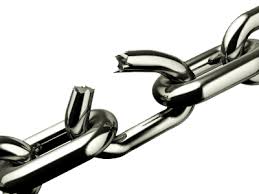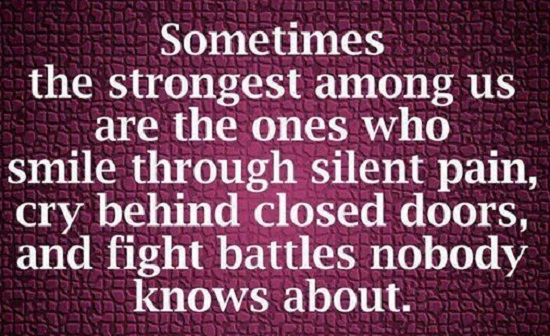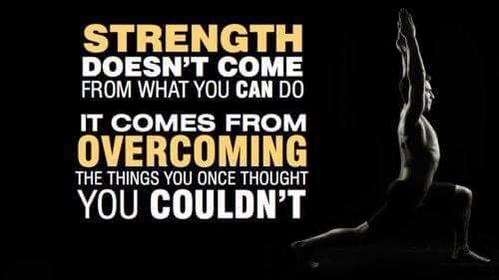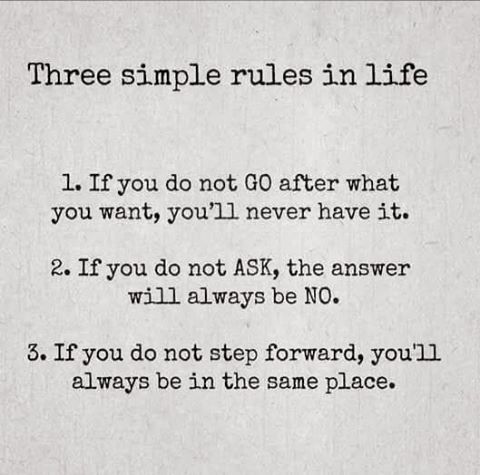Ready for 15 minute ab-training circuit workout for unbreakable strength and ripped six-pack abs
Weak abs? If you’ve been working on your six-pack-abs for a while now, but are still struggling don’t worry you’re not alone…
Everyday I’m asked what’s the best advice for someone struggling with a bad back?
Target your abs with variety and precision like you’ve never done before…
Effective ab workouts are bread and butter of success training, get your workouts right for better core strength.
Core strength is key for any physical activity and without strong abdominal muscles your whole body is weaker.
Let’s face it, if you’re listening to most so called ‘fitness experts’ that don’t know what they’re doing it causes you to work much harder.
And make more costly mistakes which severely limit results.
Keep reading for the hardcore ab training circuit descriptions of each exercise below…
Dear Friend,
You’re in the right place, so I’m not going to sell you on the importance of core strength.
You probably know core strength is essential part of health, fitness and lifestyle.
You need to consistently work abdominal muscles to build strength and endurance to get the results you want.
In other words, you want consistency with results from your ab training, right?
And that’s why you want to avoid the most common pitfalls of ab training…
You want more core strength and shredded torso…
There’s just one problem and you can’t ignore it.
Most ab training programs won’t get you anywhere.
Did you know high rep ab workouts can result in storing more fat around your belly?
And overtime can increase your risks of injury or lower back pain.
Real hands on experience with more effective and different way of ab training…
If you’re not engaging your abdominal properly, it’s a big waste of your time doing useless backbreaking ab exercises.
Maybe it’s hard to believe, yet this is how most people train abs.
What if the most effective strategy to train abs is actually doing less?
Short intense workouts deliver stronger results than long drawn out workouts…
Of course, you’d need to do the correct exercises in the proper sequence.
You probably want faster results and a better body in a shorter amount of time.
To avoid over-training, limit these ab workouts to three exercises per session.
In fact, it’s time to get real because that’s more than enough…
The ab circuit exercises and workout challenges your flexibility, balance and stability.
Better results which require only 15 minutes.
You’re probably wondering what these hard core exercises look like and how this ab training circuit is different from your regular ab-training routine?
Want stronger core with abs of steel?

Training your abs like this won’t just help you get six-pack abs…
You can improve your functional fitness and help support other strength training exercises.
If you train exactly the same way you can get rid of fat around your midsection and sculpt your abs of granite.
The no.1 key to getting your ab muscles to pop is tension.
When you train abs and you want to build abs fast, you must feel maximum tension, you gotta feel the burn.
High intensity, maximum tension, feel your muscle burn with 3 ab exercises…
To get the best results in each workout, high intensity training creates an “after burn effect”.
Science shows 6 x 1 minute bursts of maximum tension (energy) is equivalent to 1 hour of running.
Do this ab circuit, vary intensity, complete 1 set for each, one after the other, resting as little as possible in between.
This ab training circuit focuses on tension and elevates your heart rate through the roof.
You might want to use this as a metabolic component in your workouts as well as a great core training component.
If it’s your first time doing this type of ab-training circuit, start with 2 sets progressively working up to 5 sets.
Perform two 15 minute core workouts per week for four weeks.
You could perform this circuit at the end of a body weight workout as a finisher…
Take your time when doing these ab exercises, make sure you go to the point where you feel tension and not pain.
Let’s start with box plank because this can be one of the most effective exercises for abs.
Get in a quadruped position

Tuck knees underneath hips, hands spaced shoulder width
- Key is to brace your abs and get your knees off the ground…
- Keep abs braced without moving hips, get one hand off the ground
- Repeat with other hand
- 10 reps each side…
Get into the top of a push up position for long plank walkouts.

- Keeping your abs braced walk your hands forward until they are above your head while
- Walk your hands back into top of a push up position
- Keep hips from swaying side to side when doing the movement
- 10 reps each side…
Start in a plank position on your elbows for plank with side touches.

Keep a straight line from head to toes and keep hands away from each other
- Touch to the side with one hand, making sure the hips don’t shift from side to side
- Bring hand back and do the same movement with other side
- 10 reps each side…
What if you’re ab training consists of hundreds of reps?
A great set of abs is a function of two factors; abdominal muscles and low body fat.
There’s a big misconception in context to ab training…
People think effective ab training means doing high amounts of reps to feel the burn.
Why train your abs differently than other muscle in your body?
Do you think anything is wrong with that?
Are you seeing results you truly want from doing high reps from different crunch variations?
Training your abs for strength can be the one factor keeping you away from achieving a rock hard midsection.
You see, another big misconception is thinking you need to use free weights and machines to get stronger.
In fact, you don’t have to do weighted sit-ups to get stronger abs.
You can do ab training with just your own body weight…
You’re going to prove for yourself and feel the big difference this ab training circuit makes to your core strength.
As you know core strength comes from this hard core training.
The secret is knowing what you want in context to understanding your goals and lifestyle needs.
Don’t just start any exercise program because it looks cool, bad back is related to weak core, tight ankles and glutes.
Infuse your routines with mobility (flexibility and stretching) exercises to these core workouts to improve strength and muscular balance.
You can then continue training at a higher intensity because you move a lot better.
You’ll then know from experience why core strength and a ripped six-pack abs go hand in hand…
Thanks for reading, if you like this ab training circuit and want more unique training methods to help you better train your abdominal, feel free to comment below.
Ask any questions about turning your body weight training into more power for everyday life…
Ab-Training Circuit














